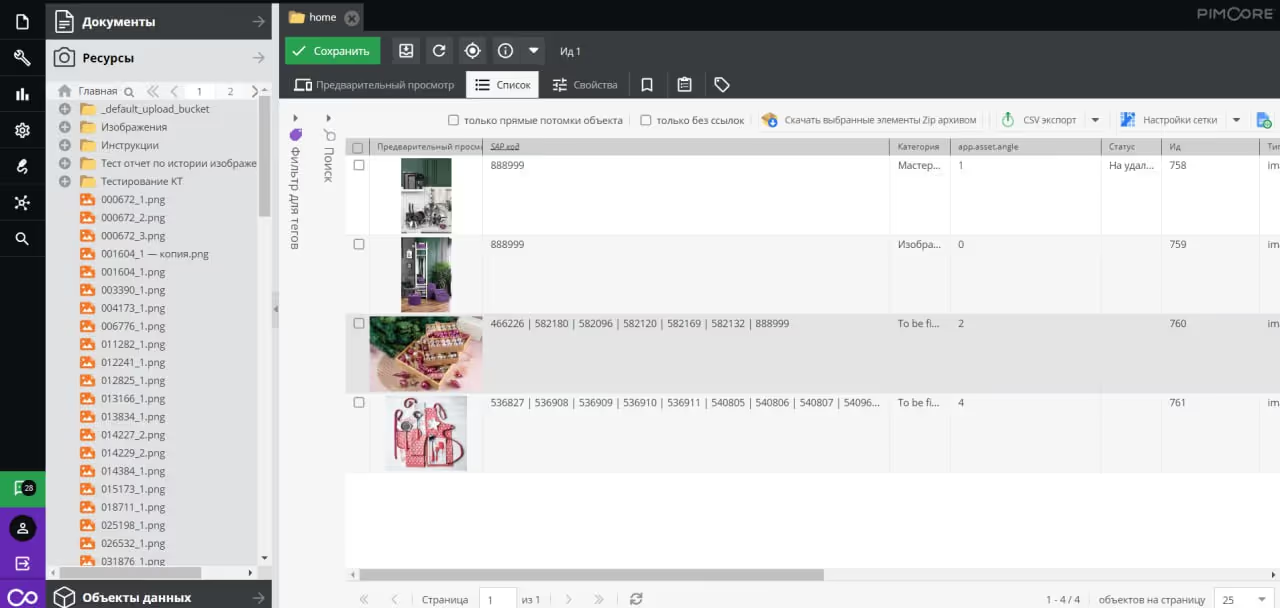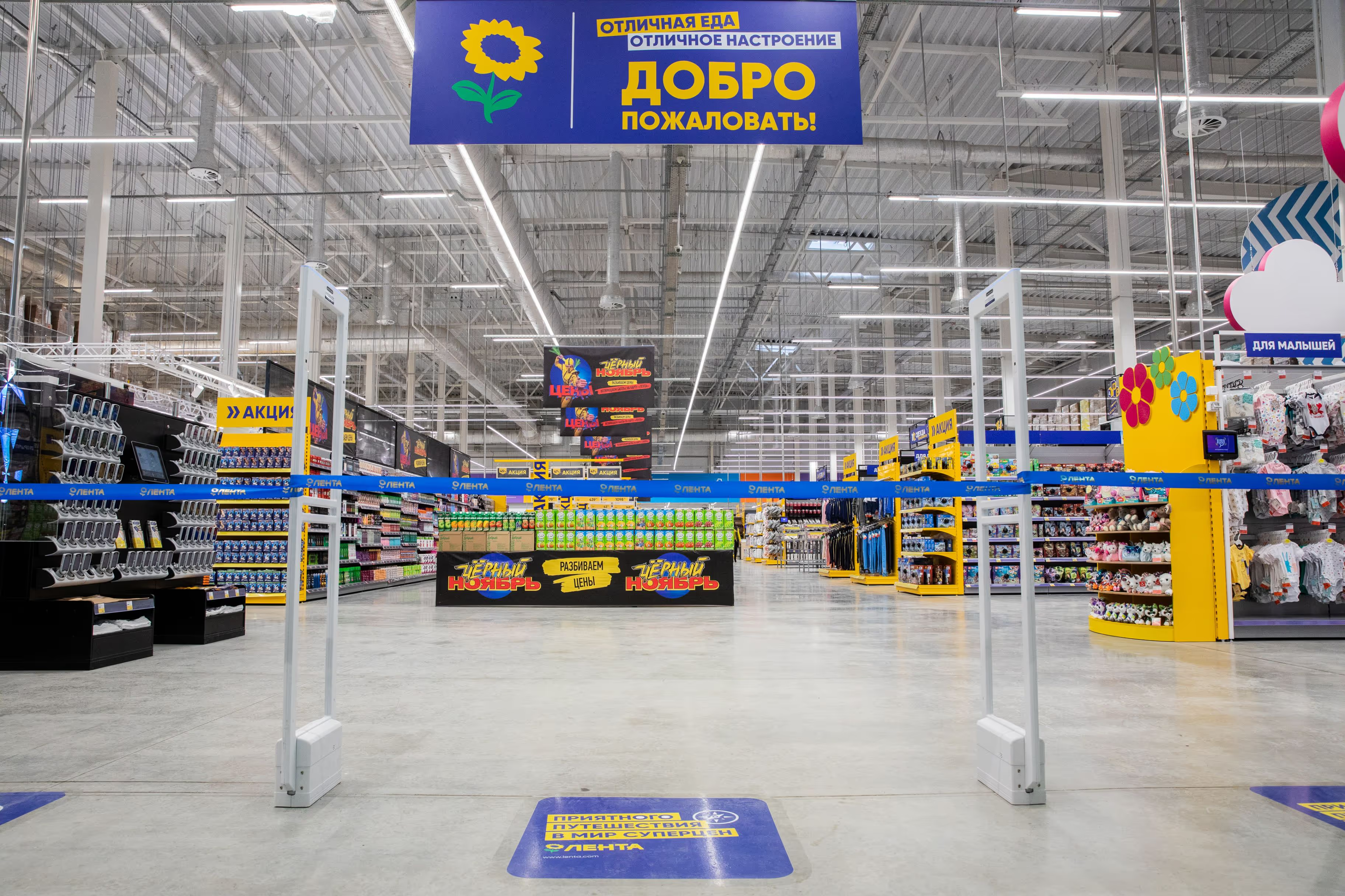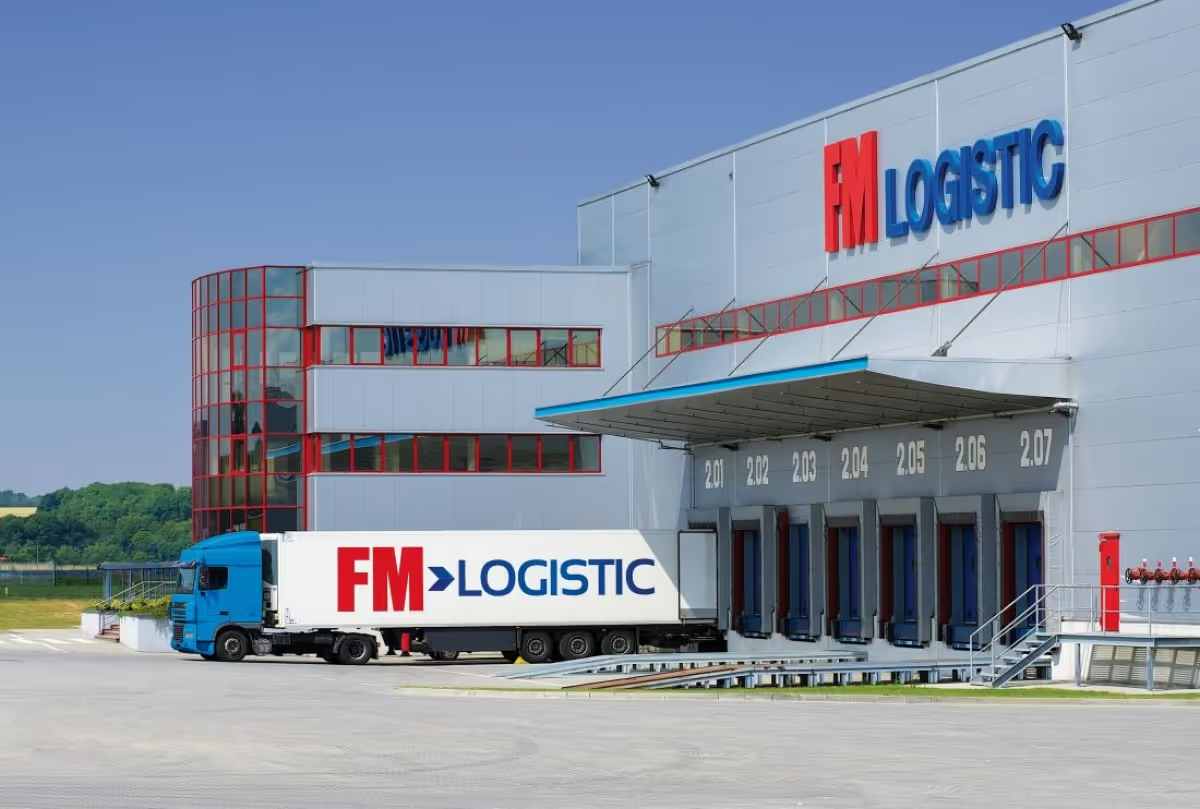Client
Lenta is one of the largest food retailers in Russia. Over 30 years of operation, hypermarkets and chain supermarkets have appeared in more than
The problem
The client used a foreign cloud DAM system to store and manage an array of digital assets. Since 2022, this option has become risky: the vendor could disable access to the system at any time.
This would have an impact on two customer sites: an e-commerce platform lenta.com and the Lenta mobile app.
The network's products presented on these platforms are accompanied by several photos. In some cases, additional materials are available, such as instructions for use.
It was important for Lenta to get its own on-premises solution for working with media files that was independent of third parties.
Challenge
Even before contacting KT.team, the Lenta team was looking for ways to replace the previous solution and chose Pimcore. The Pimcore DAM system is an open-source system with the ability to improve functions and hosting options both in the cloud and on the company's servers. The main functionality that needed to be implemented at the first stage was managing the photo bank, storage for media files, setting up the connection between images and product cards on the site lenta.com and sorting images.
Solution
The KT.team has implemented DAM Pimcore, a free and open source system, for Lenta. To do this, the company deployed a Kubernetes cluster on its servers with two stands: for testing and for production. It was linked to the Lenta data bus and the site using the API.
The features of the free Pimcore are limited, so the team supplemented it with custom features. To integrate with the customer's data bus, it was necessary to implement a REST API connection.
After that, the team carried out a test migration of product data from the Lenta ERP system. Product cards from the old DAM have been transferred to the new system without changes, and the latest product data from the main Lenta system is automatically transferred to DAM. S3 object storage is used for images.
From DAM, media materials are automatically uploaded to the site lenta.com to the appropriate cards. In addition to images, Pimcore can send JSON message queues with information about the links between photos and products.

Result 1: The on-premise DAM system allows Lenta not to depend on vendor solutions
The new DAM has solved the customer's main problem: now all media data is stored on its own servers, and the system's performance does not depend on the vendor's unilateral decisions. This made it possible to eliminate the risk of a sudden storage shutdown, which could lead to serious reputational and financial damage.
Result 2: after switching to Pimcore, the site still automatically receives product cards with images attached to them, the transition was seamless
First of all, the KT.team implemented a functionality that was important at the first stage of the transition — uploading photos to an online store. To do this, the system has added the ability to automatically link an image to a card based on an article number: a unique product code.
Content creators for the site, designers, add this code to all photo and media materials related to a particular product. Thus, the image name indicates the code 777_1, which means that this is the first photo for the product with the article number 777.

Images can be linked to several products that differ, for example, in color or some other parameter. Let's say you can buy sets of blue, red and green Christmas balls in an online store. It is allowed to use the same package photo in all three sets of cards, since it is the same for all sets. To do this, metadata at the stage of photo production and processing indicates all the necessary codes across a slash. For example, like this: “article1_2/article2_1". DAM automatically detects that an image belongs to more than one card.

When a new image is uploaded, Pimcore separates this unique identifier from the file name and its metadata, and then links the file to a product card with the same code.
Result 3: the client can use the usual algorithm to analyze the relevance of files and the frequency of updates using reports from DAM
In the previous DAM system, the client used reports to manage and control media materials:
- image report;
- product and image report.
The KT.team also implemented the same reports on Pimcore, which required improvements to the basic functionality of the product.
The first type of report is needed for working with images: sorting, filtering, searching photos by attributes. For example, they can be used to find files with a specific upload date and mark everything as irrelevant at once.
The second type of reports allows you to clearly see how products and images are related. For example, select all cards that do not yet have images and upload them as a single list to Excel.





.avif)


